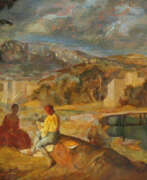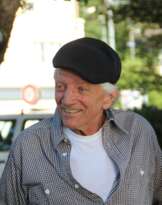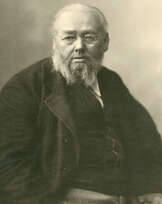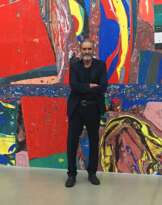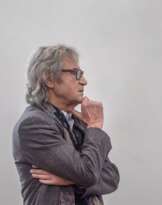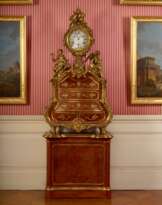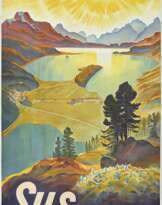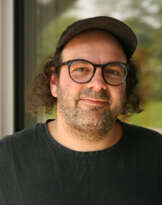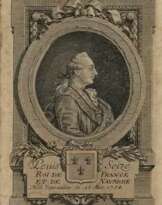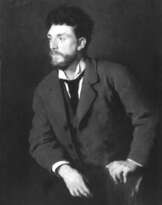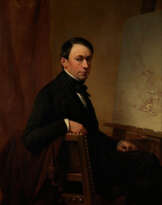Karl Schlageter (1894 - 1990)
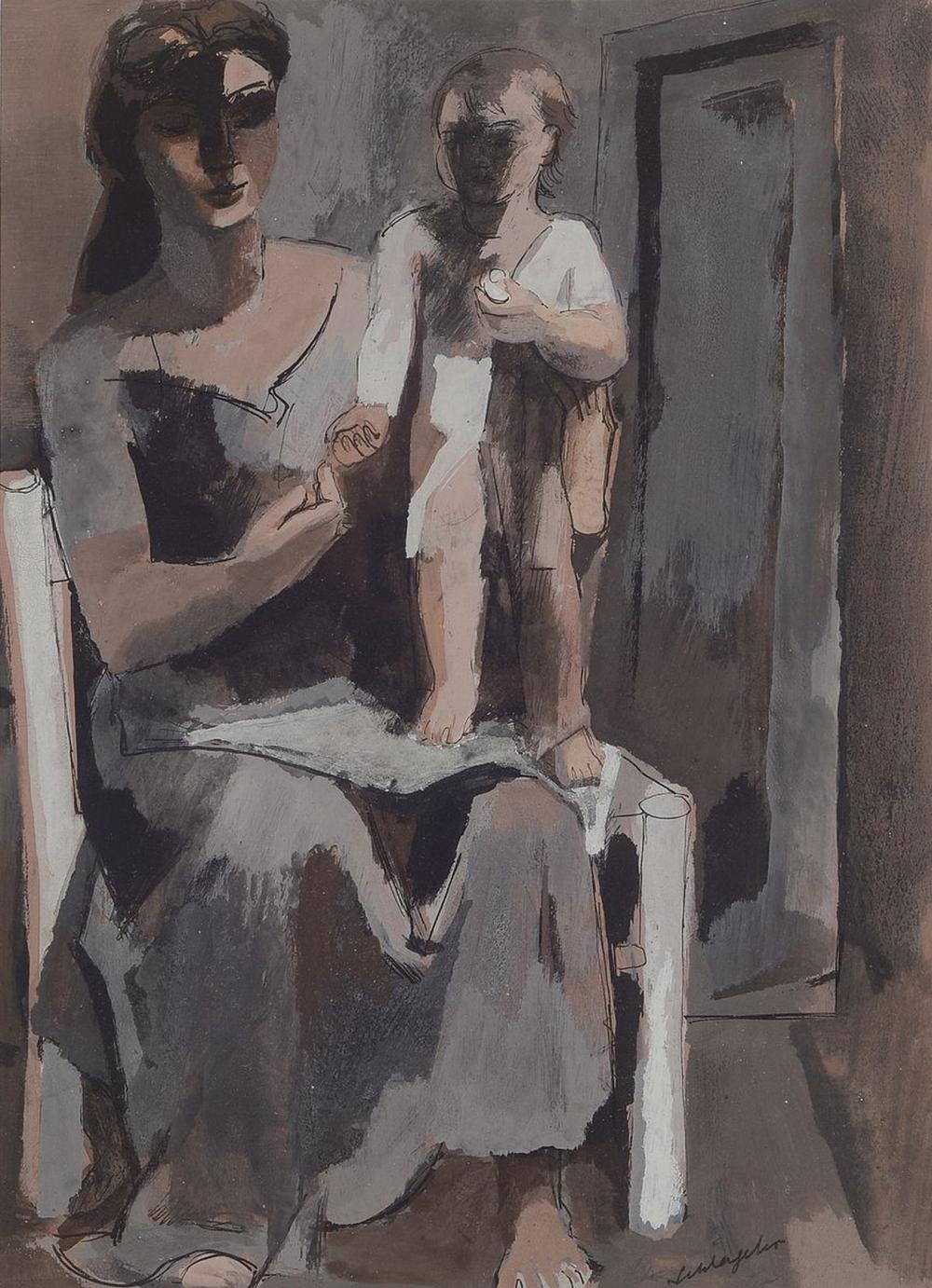
Karl Schlageter
Karl Schlageter was a Swiss and German painter and master of frescoes.
Karl Schlageter attended the School of Applied Arts in Lucerne, studied with Angelo Janka at the Academy of Fine Arts in Munich, then lived and worked in Vienna, Rome, Paris and Munich. In 1928-32 he was president of the Association of German Artists. Schlageter painted mainly landscapes, nudes, portraits and still lifes.
In 1933 he moved to Berlin and his style changed from romantic to realistic until 1944. The subjects of his works were painters, carpenters, plumbers, masons, scenes of master and apprentice work. The laborer as a hero was in demand by the modern authorities in the country. On its behalf Shlageter developed projects of large-scale mosaics, frescoes and glass painting. But Schlageter's most important legacy is his wall paintings. The murals he created survived World War II not only because most of them were located in secret camouflaged sites, but also because of the technique in which they were created. Schlageter did not paint the images directly on the wall, but on pieces of special plywood, which were then attached to the wall and could be removed if necessary.
In 1944, Schlageter returned to Switzerland and lived in Zurich until his death.
| Date and place of birt: | 13 july 1894, Luzern, Switzerland |
|---|---|
| Date and place of death: | 22 august 1990, Zurich, Switzerland |
| Nationality: | Switzerland |
| Period of activity: | XX century |
| Specialization: | Artist, Painter |
| Genre: | Genre art, History painting, Nude art, Portrait |
| Art style: | Abstract art, Realism, Romanticism |
| Technique: | Fresco |

